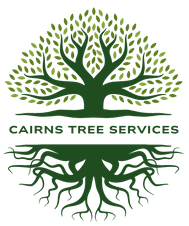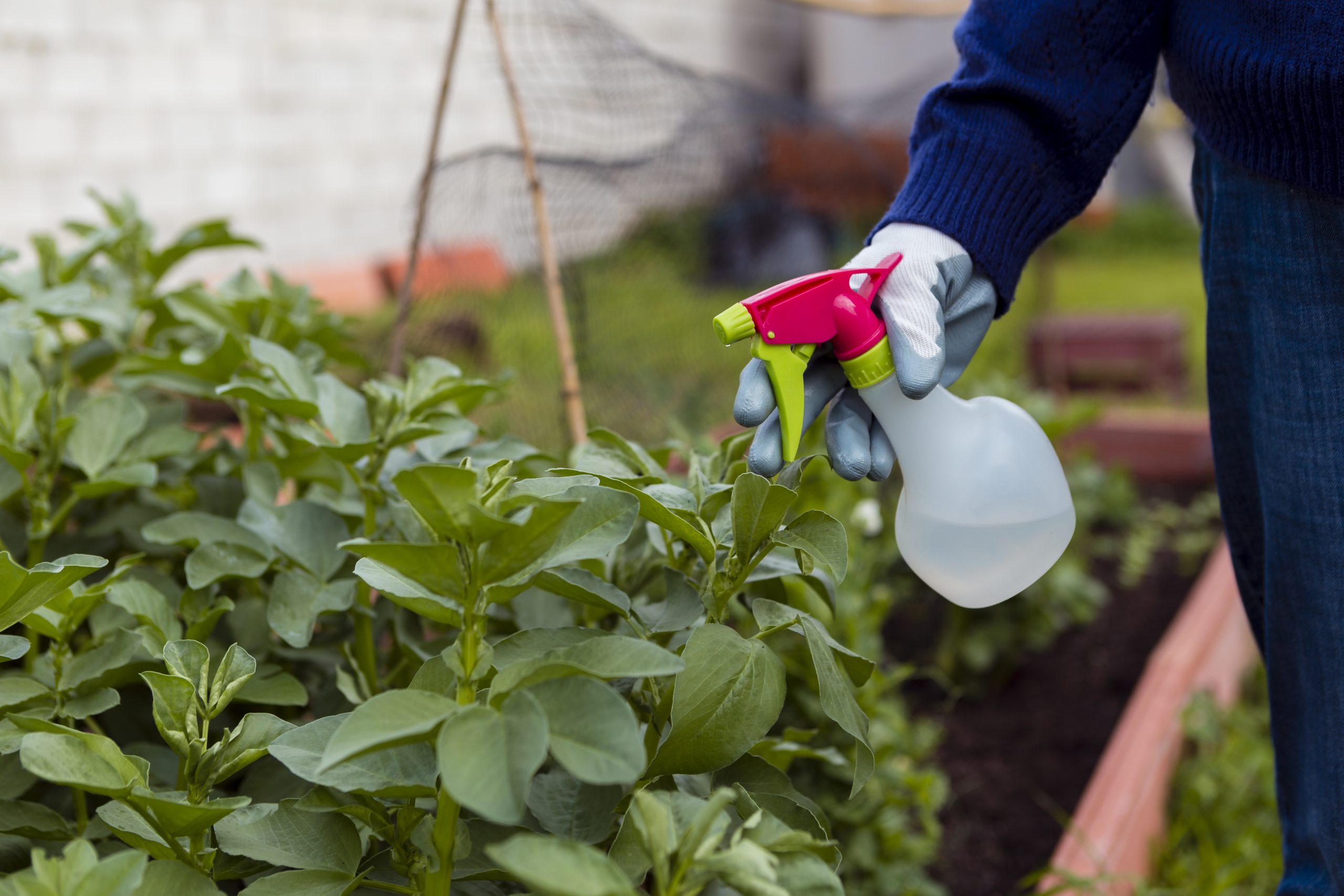How to Identify and Treat Common Tree Diseases in Queensland
Trees are a vital part of Cairns’ lush landscapes, providing shade, beauty, and environmental benefits. However, the tropical climate of Queensland can make trees susceptible to various diseases that, if left untreated, can cause significant damage or even lead to tree death. As a gardener or homeowner in Cairns, it’s essential to know how to identify and treat these common tree diseases to maintain the health and longevity of your trees.
In this guide, we’ll explore some of the most common tree diseases in Queensland, how to recognize their symptoms, and the best methods for treating them. By staying vigilant and proactive, you can ensure that your trees remain healthy and vibrant throughout the year.
1. Myrtle Rust (Austropuccinia psidii)
Identification:
Myrtle Rust is a fungal disease that primarily affects members of the Myrtaceae family, including eucalyptus, bottlebrush, and tea trees. The disease manifests as bright yellow spores on young shoots, leaves, and buds, often leading to deformation, dieback, and even tree death in severe cases.
Treatment:
To manage Myrtle Rust, regularly inspect your trees, especially during the wet season when the disease is most prevalent. If you spot early signs, remove and destroy the infected parts to prevent the spread. Fungicidal treatments can be applied, but it’s crucial to consult with a professional arborist to ensure the correct application and safety measures.
2. Root Rot (Phytophthora spp.)
Identification:
Root Rot, caused by the Phytophthora fungus, is one of the most common tree diseases that affects a wide range of trees. Symptoms include wilting leaves, stunted growth, and dark, decaying roots. In Queensland’s tropical climate, waterlogged soils are a common cause, as the fungus thrives in moist conditions.
Treatment:
Improving soil drainage is the first step in combating Root Rot. Ensure that your trees are not overwatered and that excess water can drain away from the roots. If the disease is detected early, fungicides may help control the spread. However, severely infected trees may need to be removed to protect surrounding vegetation.
3. Powdery Mildew
Identification:
Powdery Mildew is a common fungal disease that appears as a white or gray powdery coating on the leaves, stems, and buds of trees. It thrives in warm, dry climates and is often seen on fruit trees like mangoes and ornamental plants in Cairns.
Treatment:
To treat Powdery Mildew, prune affected areas to improve air circulation and reduce humidity around the tree. Applying a fungicide can help manage the disease, but it’s essential to choose a product that is safe for the specific tree species. Regularly monitor your trees, especially during the dry season, to catch any outbreaks early.
4. Anthracnose
Identification:
Anthracnose is a fungal disease that affects a variety of trees, including avocado, mango, and citrus trees. Symptoms include dark, sunken lesions on leaves, stems, and fruit, often leading to premature leaf drop and reduced fruit yield.
Treatment:
To control Anthracnose, maintain good garden hygiene by removing and destroying infected plant material. Fungicides can be effective when applied during the early stages of infection. Additionally, ensure that your trees are well-pruned to improve air circulation and reduce the risk of infection.
5. Canker Diseases
Identification:
Canker diseases are caused by various fungi and bacteria that infect the bark and underlying tissues of trees. Symptoms include sunken, dead areas on the bark, oozing sap, and dieback of branches. In Queensland, cankers are particularly problematic during periods of high humidity.
Treatment:
Prune out infected areas, cutting well below the affected region to remove all diseased tissue. Disinfect pruning tools between cuts to prevent spreading the disease. Applying a fungicide or bactericide may help prevent further infection, but it’s essential to act quickly, as cankers can spread rapidly in warm, moist conditions.
6. Leaf Spot Diseases
Identification:
Leaf spot diseases are caused by various fungi and bacteria, leading to small, dark spots on the leaves of trees. Over time, these spots can merge, causing large areas of dead tissue and premature leaf drop. These diseases are particularly common in ornamental trees and shrubs in Cairns.
Treatment:
To manage leaf spot diseases, remove and destroy infected leaves. Improve air circulation by pruning dense foliage and avoid overhead watering, which can spread the pathogens. In severe cases, fungicidal sprays may be necessary to protect new growth.
7. Bacterial Blight
Identification:
Bacterial blight affects various trees, including fruit and ornamental species. It manifests as water-soaked spots on leaves, which quickly turn brown and necrotic. Stems and branches may also show signs of dieback. This disease is more prevalent during the wet season in Queensland.
Treatment:
Remove and dispose of infected plant parts. Avoid working with wet plants, as this can spread the bacteria. Copper-based bactericides can help control the disease, but application timing is crucial for effectiveness. Consult an arborist for the best treatment plan for your specific trees.
8. Sooty Mold
Identification:
Sooty mold is a fungal condition that grows on the honeydew excreted by sap-sucking insects such as aphids, scale, and whiteflies. It appears as a black, sooty coating on the leaves and branches of trees, which can hinder photosynthesis and reduce the tree’s vigor.
Treatment:
The key to controlling sooty mold is managing the insect infestation causing the problem. Use insecticidal soaps or oils to reduce pest populations, and wash off the mold with water and a mild detergent. Regular monitoring and early intervention are crucial to prevent the spread of sooty mold.
9. Fusarium Wilt
Identification:
Fusarium wilt is a soil-borne fungal disease that affects a wide range of tree species. It causes yellowing of leaves, wilting, and eventual death of branches. The disease is particularly challenging because it can persist in the soil for many years.
Treatment:
There is no cure for Fusarium wilt once it has infected a tree. The best approach is to prevent its spread by avoiding planting susceptible species in infested soil. Infected trees should be removed and destroyed, and the soil should be treated or avoided for future plantings.
10. Rust Diseases
Identification:
Rust diseases are caused by fungi that produce rust-colored pustules on leaves, stems, and fruit. These pustules can spread rapidly, especially in the humid conditions typical of Cairns, leading to severe defoliation and reduced tree health.
Treatment:
Rust diseases can be managed by pruning affected areas and applying fungicides early in the infection. Ensure good air circulation around the tree and reduce overhead watering to prevent the spread of the fungus.
Role of Professional Arborists in Tree Disease Management
While some tree diseases can be managed with basic garden care, others require the expertise of a professional arborist. Arborists can provide:
- Accurate Diagnosis: Identifying the specific disease affecting your trees is crucial for effective treatment.
- Safe Treatment Application: Some treatments, especially chemical ones, need to be applied correctly to avoid harming the tree or surrounding plants.
- Preventative Care: Regular inspections by an arborist can catch potential issues before they become severe, saving you time and money in the long run.
Preventative Measures to Protect Your Trees
Prevention is always better than cure when it comes to tree diseases. Here are some tips to keep your trees healthy in Cairns’ tropical environment:
- Regular Pruning: Keep trees well-pruned to improve air circulation and reduce the risk of fungal infections.
- Soil Management: Ensure your trees have well-drained soil to prevent diseases like root rot.
- Watering Practices: Water trees at the base rather than overhead to reduce humidity around the foliage, which can encourage fungal growth.
- Pest Control: Monitor and manage pest populations to prevent diseases like sooty mold.
- Proper Planting: Choose tree species that are well-suited to the local climate and soil conditions.
Conclusion
Caring for trees in Cairns requires a keen eye and proactive approach to disease management. By learning to identify the signs of common tree diseases and taking appropriate action, you can protect your trees from damage and ensure they thrive in Queensland’s tropical climate. Whether you’re dealing with fungal infections like Myrtle Rust or bacterial issues like blight, understanding the symptoms and treatments is key to maintaining a healthy garden.
For more complex cases, or if you’re unsure about the health of your trees, it’s always wise to consult a professional arborist. Their expertise can make the difference between losing a valuable tree and restoring it to full health.

